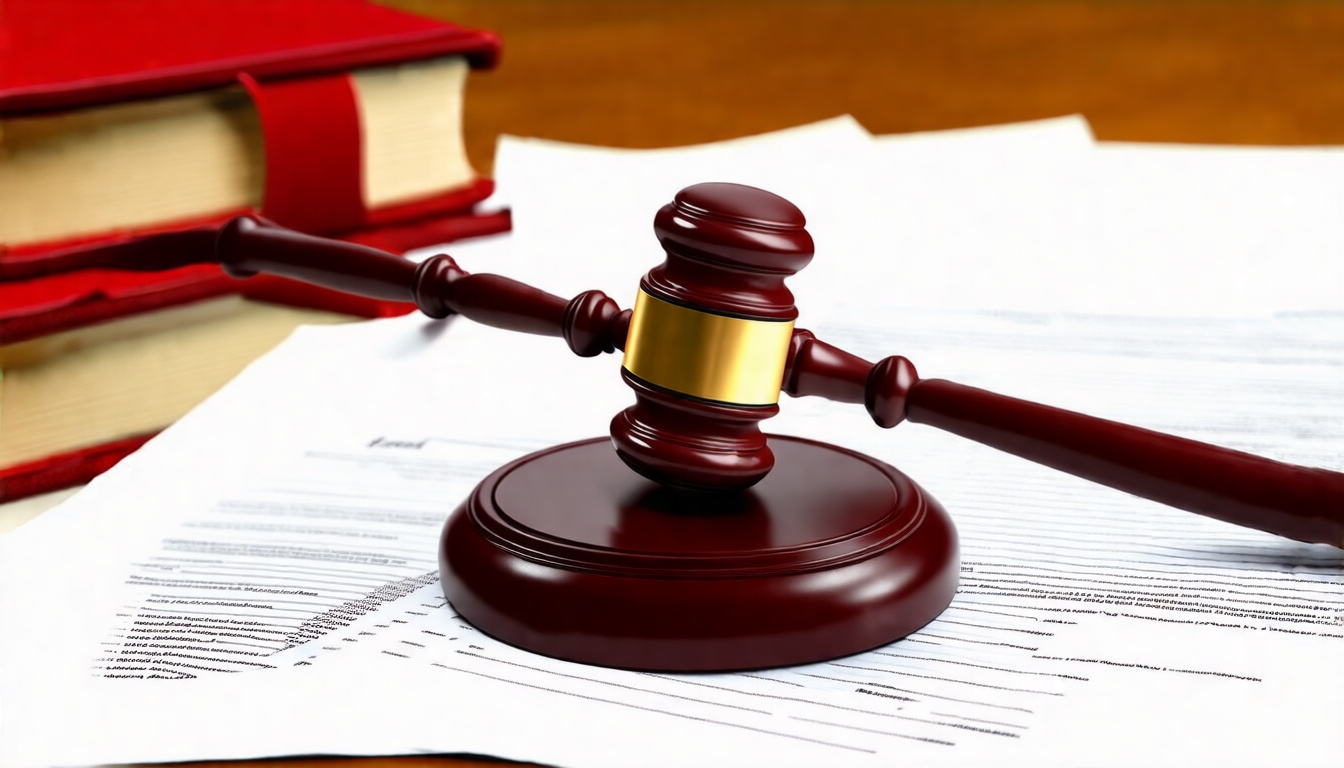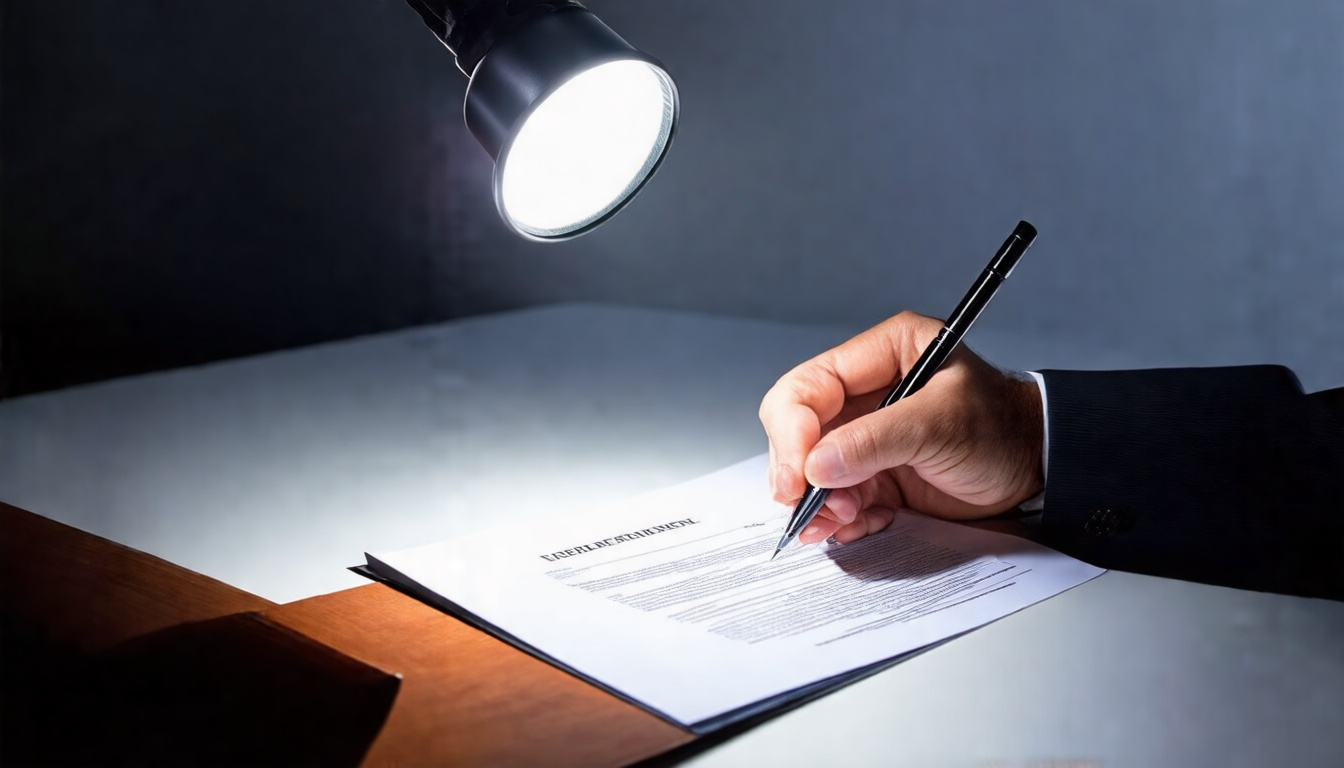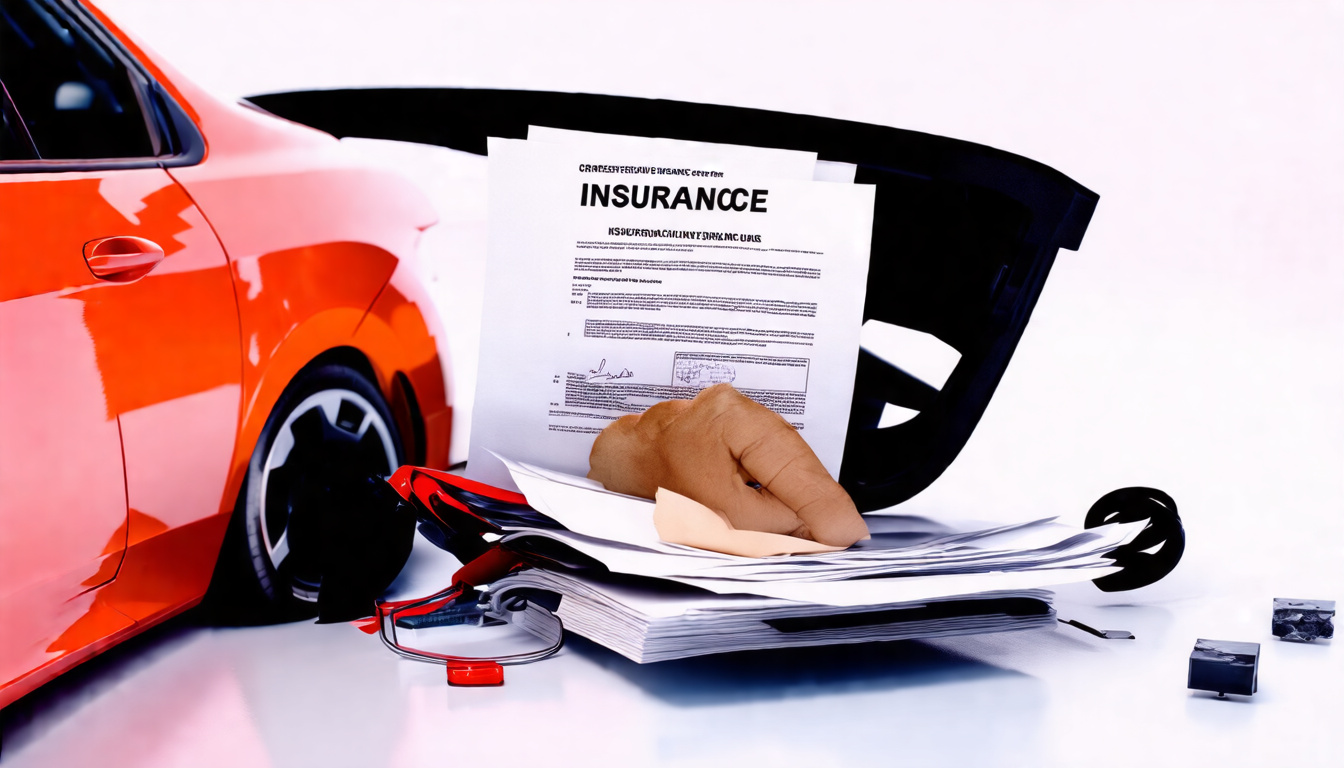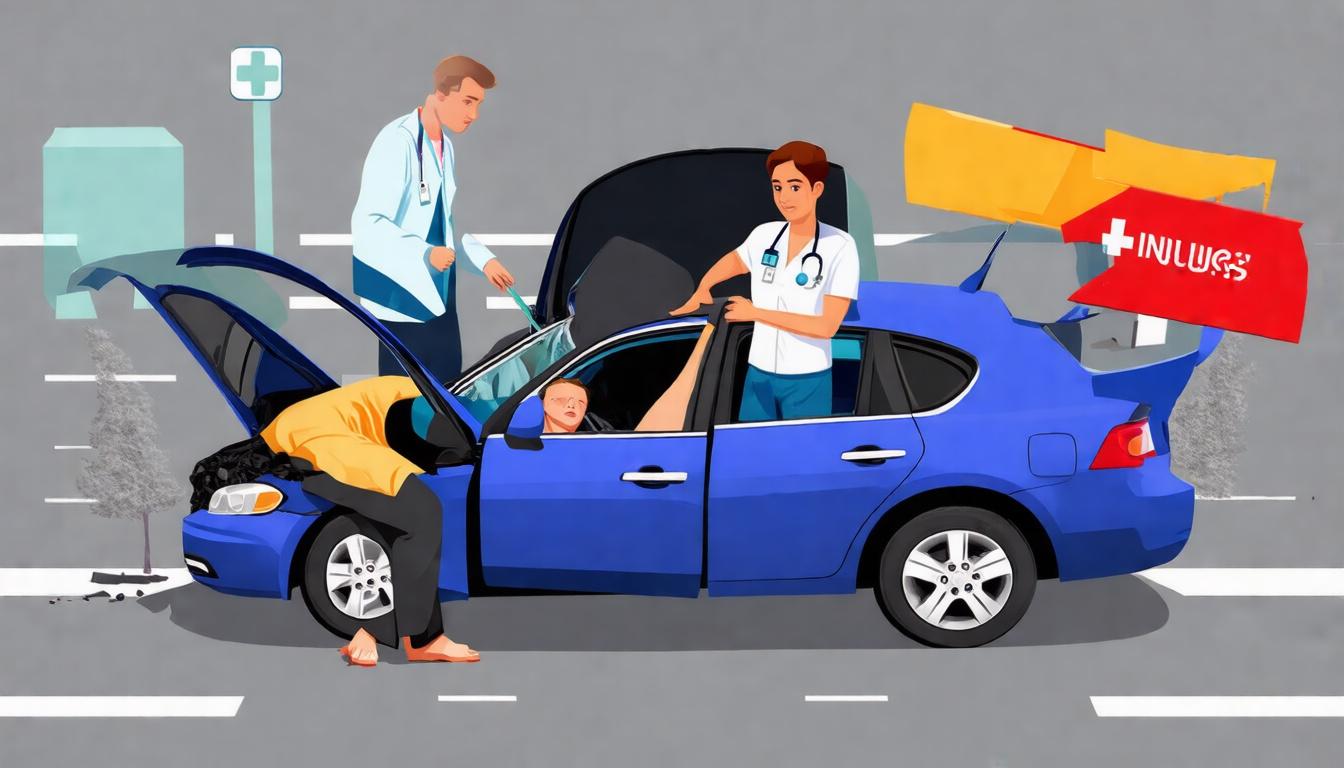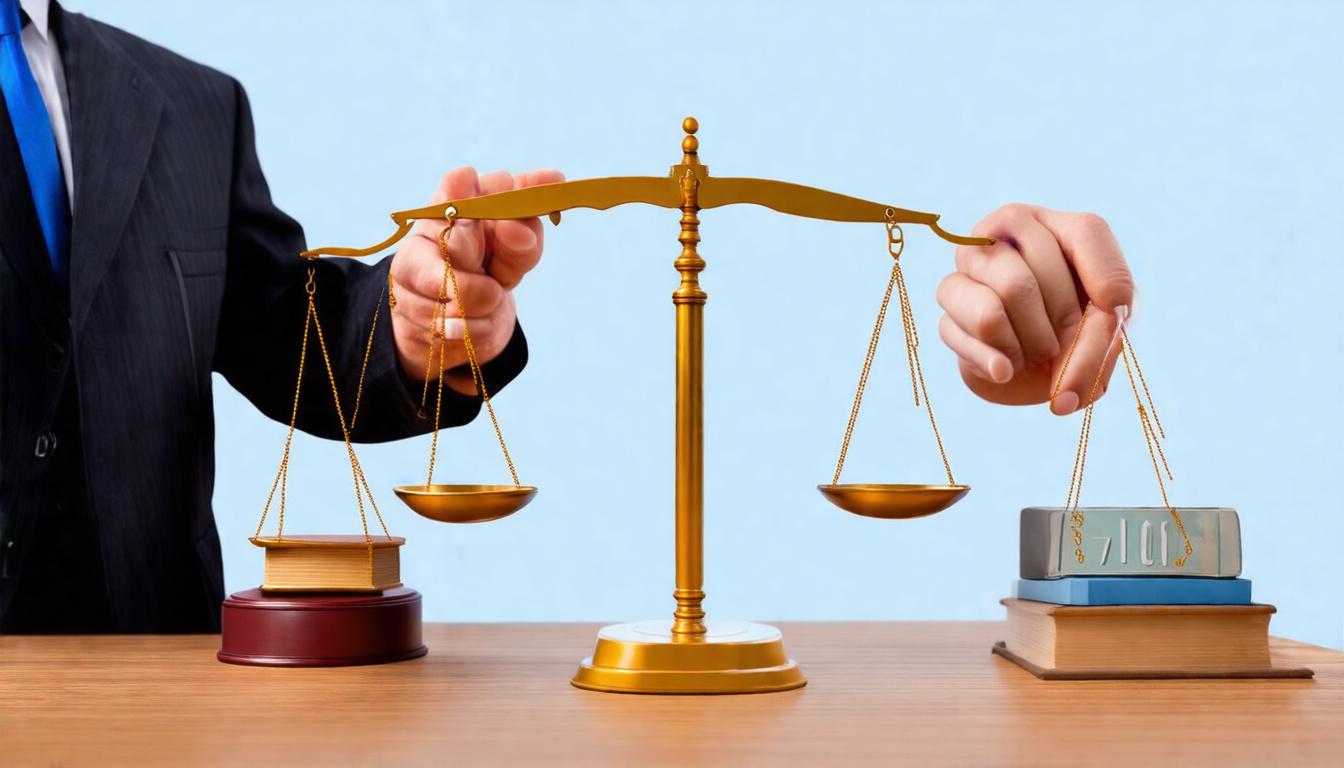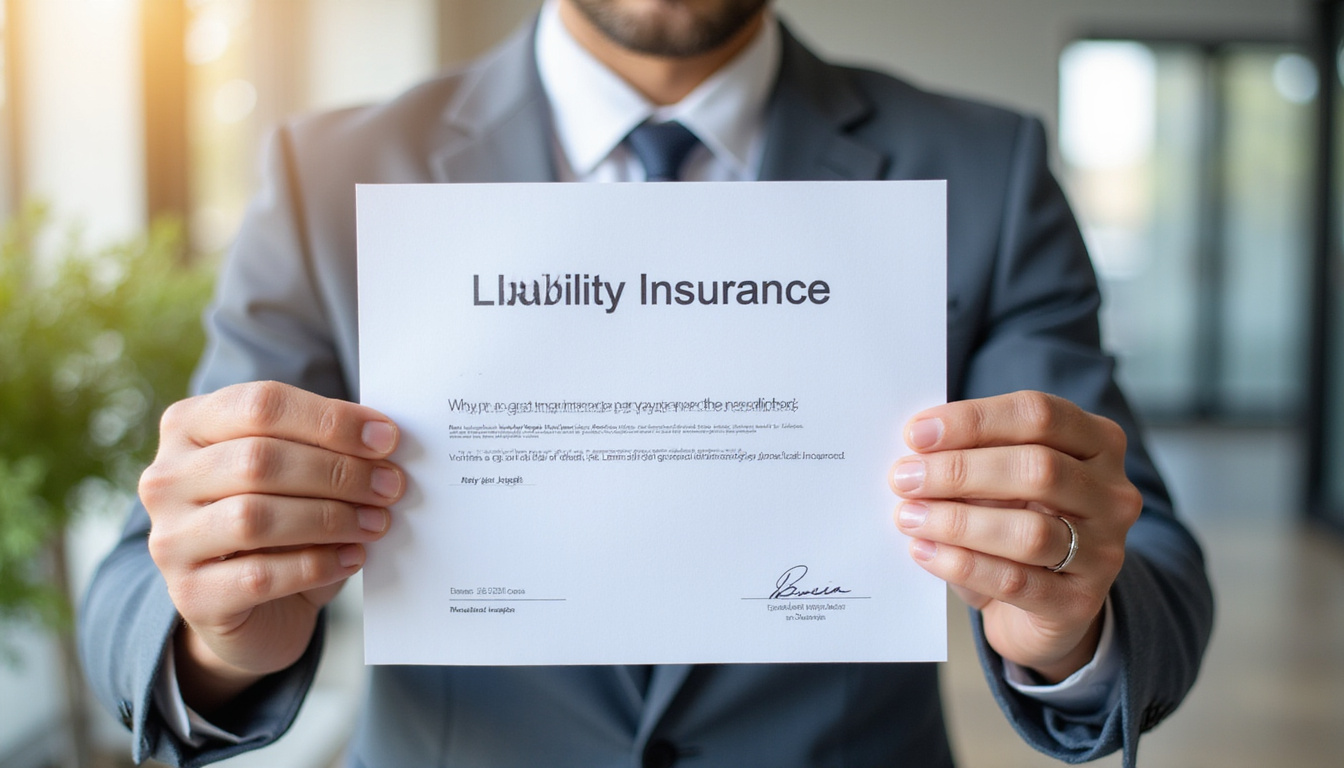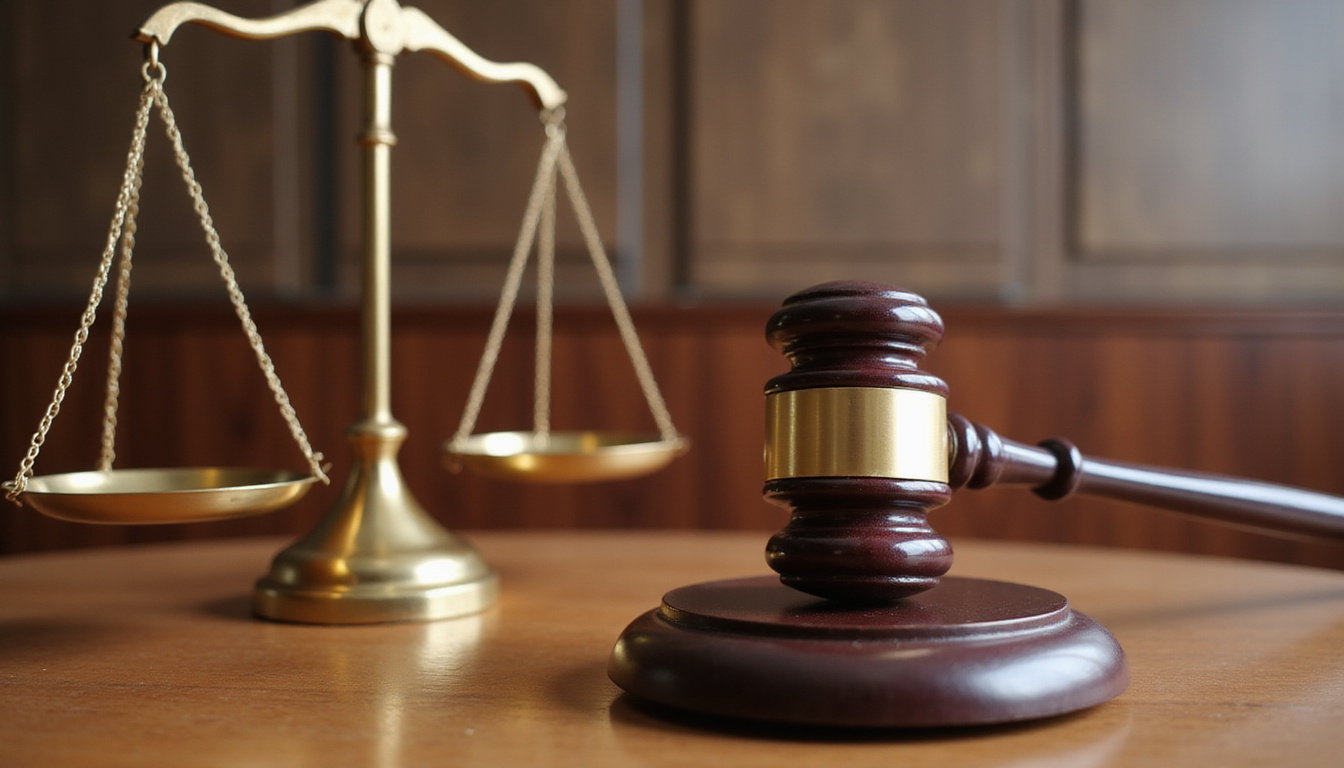In today’s legal world, employers hold crucial legal roles. The term vicarious liability means an employer is responsible for what an employee does or omits. This duty applies when an employee works within their job duties. Business owners and managers must know about vicarious liability. It can affect a company’s legal and financial health. This article explains what every employer should know about the idea. We cover definitions, implications, and ways to cut risks.
What Is Vicarious Liability?
Vicarious liability lets one person carry legal blame for another’s actions. In work law, it means employers answer for wrongful acts by employees when on the job. Actions can include negligence, accidents, or even deliberate harm.
Notice that vicarious liability does not require that an employer is at fault. There must be a strong link. For example, if a delivery driver crashes while making a delivery, the employer may face blame for the harm.
Why Is Vicarious Liability Important for Employers?
Employers must understand vicarious liability because it shows:
- Where legal risk lies when employees cause harm.
- That employee behavior must be managed with clear rules.
- That training and supervision help prevent problems.
- That a company’s reputation and finances are at stake.
Employers who ignore these responsibilities can face sudden lawsuits and high penalties. Managing these risks can help avoid legal battles and build a safer workplace.
Key Elements of Vicarious Liability
To decide if vicarious liability exists, look for these parts:
- Employment Relationship: The harmful actor must work for the company or be under its control.
- Scope of Employment: The wrongful act must happen during job duties. Acts outside work or personal tasks usually do not count.
- Connection to Tortious Act: There is a direct link between the employee’s conduct and their work role—even if the act is unauthorized.
Courts can find it hard to prove or reject these links when employees behave unexpectedly.
Examples of Vicarious Liability in the Workplace
Vicarious liability appears in various work settings. Consider these cases:
- Workplace Accidents: An employee causes injury by misusing machinery.
- Harassment Claims: A supervisor’s harassment during work hours makes the employer liable.
- Negligent Driving: An employee in a company vehicle has an accident.
- Professional Negligence: Healthcare staff commit mistakes, and the employer pays the price.
In these examples, the employer is liable not because they acted, but because the employee acted as part of their work.
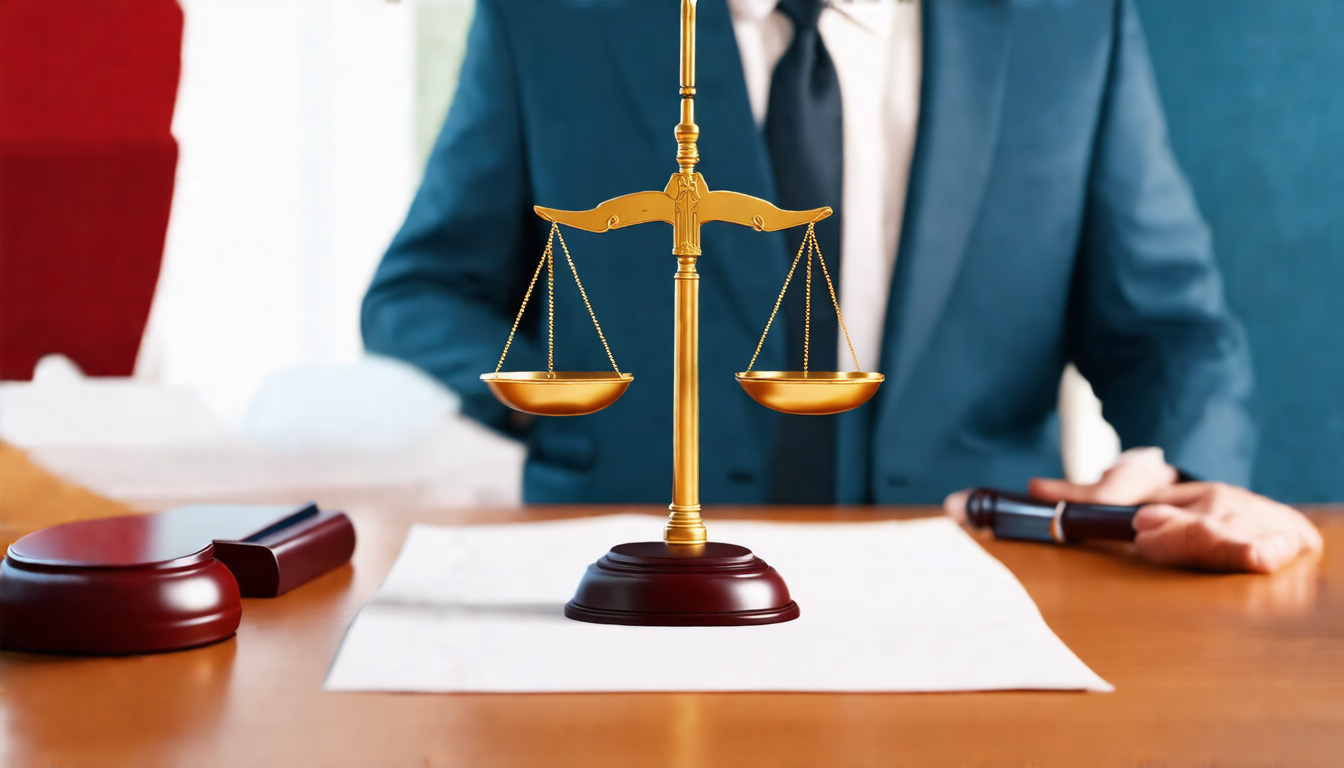
How Employers Can Manage and Limit Vicarious Liability
Employers cannot remove vicarious liability entirely. They can, however, manage risk by taking steps:
- Clear Policies and Procedures: Write rules that set behavior, safety, and compliance standards.
- Employee Training: Hold regular sessions on ethics, safety, and legal duties.
- Adequate Supervision: Watch employee performance and fix risky behavior quickly.
- Background Checks: Screen candidates to lower the risk of harm.
- Insurance Coverage: Keep liability insurance to cover vicarious risks.
These actions help build safer workplaces and show that due care is in place if problems arise.
Legal Defenses Against Vicarious Liability Claims
Employers can defend themselves by showing:
- The employee acted entirely outside job duties.
- The harmful person was an independent contractor, not an employee.
- The actions were personal and not linked to work duties.
Courts still look closely at such defenses and often view work roles broadly.
The Role of Independent Contractors vs. Employees
A key issue is how a worker is classified. Employers are liable for employees, not independent contractors. Yet courts check on:
- How much control the employer has over the worker.
- The type of work relationship.
- Payment methods and who supplies tools.
Misclassifying workers can create unexpected legal problems. Correct classification is very important.
FAQs About Vicarious Liability Every Employer Should Know
1. What types of employee actions can lead to vicarious liability for employers?
Employers may pay for employee actions that cause harm during job duties. This includes negligence, assault, or other harms occurring during work hours or at the workplace.
2. Can an employer be held liable for employees working from home?
Yes, if an employee causes harm within their work scope, whether at home or in the office, the employer may face liability.
3. How can employers reduce the risk of vicarious liability claims?
Employers must enforce strong conduct policies, offer regular training, supervise carefully, check backgrounds, and hold proper insurance.
The Importance of Legal Guidance on Vicarious Liability
Because vicarious liability is complex, employers should seek legal advice. Tailoring risk management to your business can help meet legal duties. Legal updates and best practices keep companies safe and compliant. Government guidelines, like those from the UK, stress how important it is to manage these risks.
Conclusion: Taking Control of Vicarious Liability Risks
Vicarious liability holds employers accountable for employee actions. This legal idea carries real risks, but clear policies and strict oversight can cut those risks. Taking smart steps now protects your company and builds a safe, compliant workplace.
Review your current rules and talk to legal experts in employment law. Preventive steps today can avoid big costs and harm later. Act now to protect your team and business from legal risks linked to vicarious liability.
Author: Doyle Weaver, Attorney at Law
Home | Estate Planning | Personal Injury | Hill Country Lawyer | Terms of Service | Privacy Policy
© 2025 Digital Law Firm, P.C.
Disclaimer: The content provided in this blog is for educational and informational purposes only. It is not intended to constitute legal advice or establish an attorney-client relationship. The information presented does not address individual circumstances and should not be relied upon as a substitute for professional legal counsel. Always consult a qualified attorney for advice regarding your specific legal situation. The author and publisher are not liable for any actions taken based on the content of this blog.

